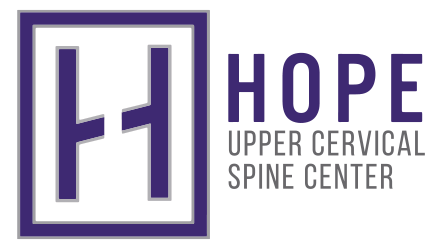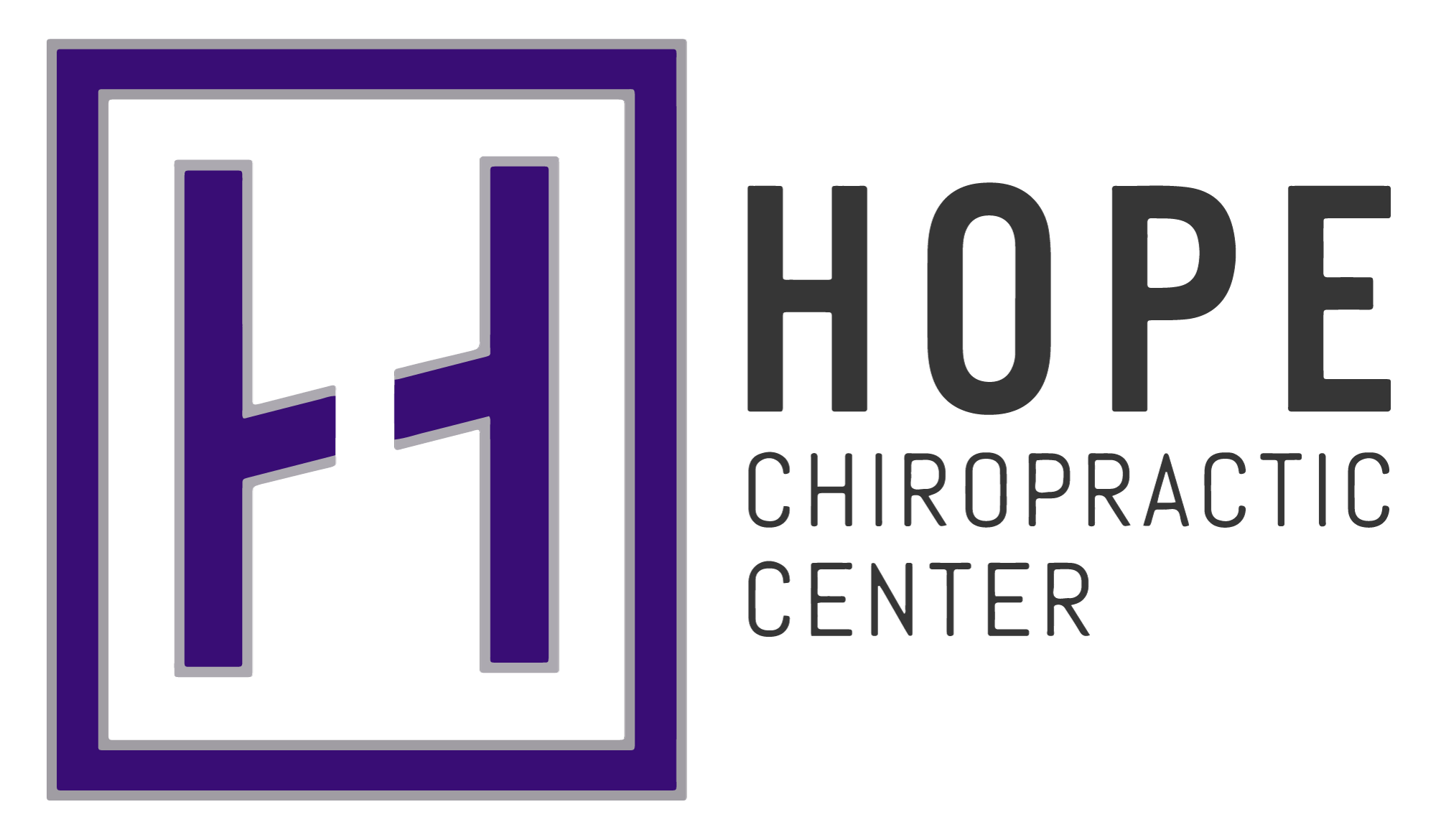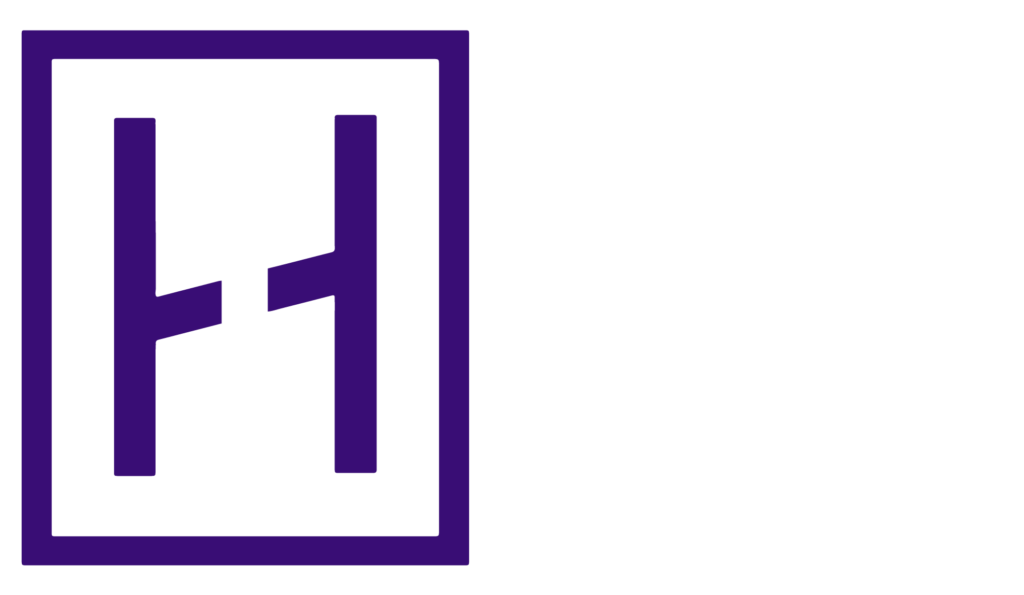 There’s one thing I know for sure as a Texas vertigo chiropractor: patients like to learn a lot about this debilitating symptom. To quell patient concerns and to help them regain control and discover a solution to their problem, we’re going to share some important vertigo facts and discuss a promising form of care that has been effective in delivering relief for vertigo sufferers.
There’s one thing I know for sure as a Texas vertigo chiropractor: patients like to learn a lot about this debilitating symptom. To quell patient concerns and to help them regain control and discover a solution to their problem, we’re going to share some important vertigo facts and discuss a promising form of care that has been effective in delivering relief for vertigo sufferers.
Vertigo Can Be a Symptom of an Underlying Condition
Vertigo is generally a non-dangerous issue. Benign paroxysmal positional vertigo (BPPV) is the most common cause of vertigo. This means that the movement of the head to certain positions triggers the onset of an attack. In other cases, the source of vertigo is something very serious. For instance, if you experience vertigo while displaying signs of a heart attack, you must seek emergency medical care right away as it can be a symptom of heart disease.
Vertigo Is a False Feeling of Spinning
Dizziness and vertigo are two different things. Dizziness is a feeling of unsteadiness or lightheadedness, while vertigo is a false sensation of spinning. It is like the feeling when you ride in a Tilt-a-Whirl in an amusement park. However, vertigo may also bring a rocking sensation such as when you get off a boat after long hours in choppy water. Severe vertigo episodes may also feel like you are moving even when lying down. It often results in nausea and vomiting.
Not All Vertigo Cases Need Medical Attention
Sometimes vertigo is an isolated event and subsides on its own. For example, if you ride a wild rollercoaster, take a boat out on rough water, or spin around in a circle very fast, you may induce a temporary bout of vertigo upon yourself. Unless you have a history of vertigo, this should not be a cause for concern because it is temporary and won’t come back. However, when you experience severe and recurring vertigo, there is an underlying cause that needs to be looked into.
Age Is a Big Risk Factor for Vertigo
The risk of experiencing vertigo increases as people age. People beyond 40 years old are at greater risk. A study showed that 1 in 3 seniors fall each year due to vertigo. To reduce this fall risk, avoiding activities that trigger an attack is essential. If you have BPPV, do not bend over to pick up an item as it may result in a spinning sensation. You may end up on the ground right next to the object you are reaching for. A better way to pick up something from the floor is to keep the eyes and chin looking straight ahead while you slowly do a lunge step forward to lower yourself to the item.
Vertigo and Acrophobia Are Two Different Things
Some people confuse acrophobia and vertigo. Acrophobia pertains to the fear of heights. It is possible to experience vertigo while in a high place. It may even have to do with the fear involved, as spiking anxiety levels can trigger a vertigo episode. However, vertigo and acrophobia are not the same thing.
There Are Natural Methods Available to Relieve Vertigo
Most people think that only medications and invasive surgeries can reduce vertigo symptoms. As a matter of fact, other care options can relieve vertigo naturally. They come with no unpleasant side effects. Some of them you can do from the comfort of your home.
Low-Salt Diet
Too much fluid in the ear may cause vertigo. Maintaining a low-salt diet can help reduce fluid retention in your inner ear and result in fewer vertigo episodes. Consult your doctor first before you change your diet.
Canalith Repositioning
This is helpful for BPPV sufferers. BPPV is a result of displacement of small calcium particles that have traveled into the wrong area of the inner ear. A doctor or medical professional can perform maneuvers that can help move these particles to correct your vertigo, at least temporarily. You can also do the procedure at home. The Epley maneuver is the most known canalith repositioning maneuver.
Be Careful of Your Movements
If movements trigger your vertigo, be conscious of how quickly you stand or sit up. Some conditions may make your blood pressure take longer to adjust after switching from lying down to standing. Make sure you are aware of any health condition you have that may trigger a vertigo attack.
Vertigo Can Develop Following a Head or Neck Injury
In many cases, the onset of vertigo begins following some type of head or neck trauma. For example, a car accident may lead to whiplash or a sporting injury may result in a concussion. If any of these happened to you and vertigo followed, it could indicate the existence of a misalignment in your upper cervical spine.
When the C1 (atlas) misaligns, it can impact the vestibular system – the system responsible for the body’s balance – in several ways. It may result in the following:
- Irritation of the vestibular nerve
- Restriction of blood flow to the brain
- Obstruction in brainstem function
- Formation of a lesion in the Eustachian tubes that can restrict fluid drainage
Hope Chiropractic Center Can Help
Upper cervical chiropractic care is another natural way to relieve vertigo. In one study, a total of 139 Meniere’s disease patients participated and were helped by upper cervical chiropractic care. Out of the 139 patients in the study, 136 reported significant improvement in the frequency and severity of their vertigo after receiving gentle upper cervical adjustments. To discover how upper cervical chiropractic care may benefit you, contact Hope Chiropractic Center in Southlake, Texas, and schedule a consultation. We urge you to do so, particularly if you have experienced a head or neck injury in the past.









